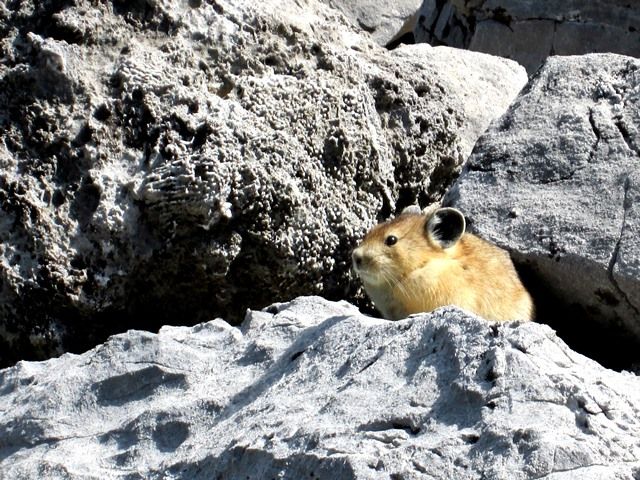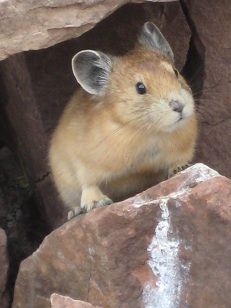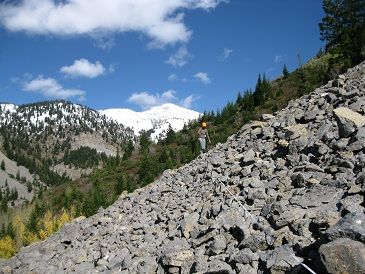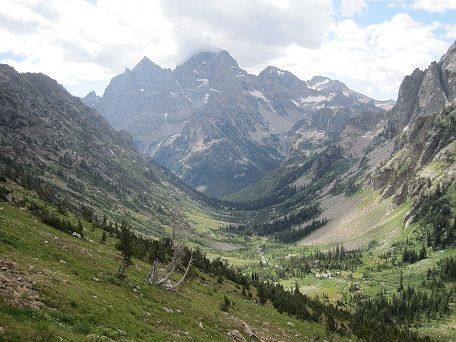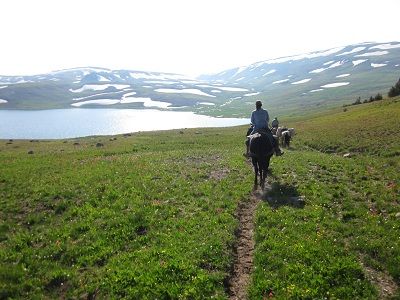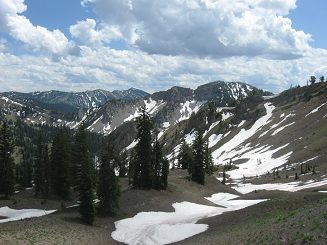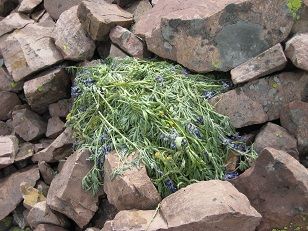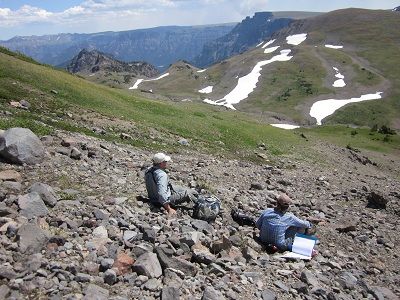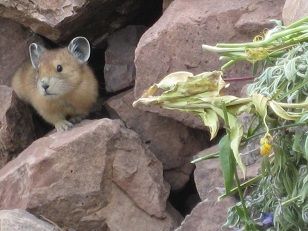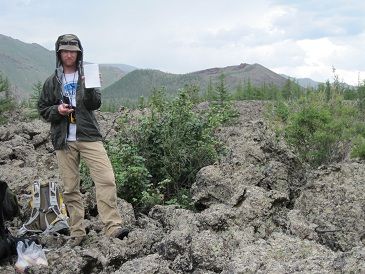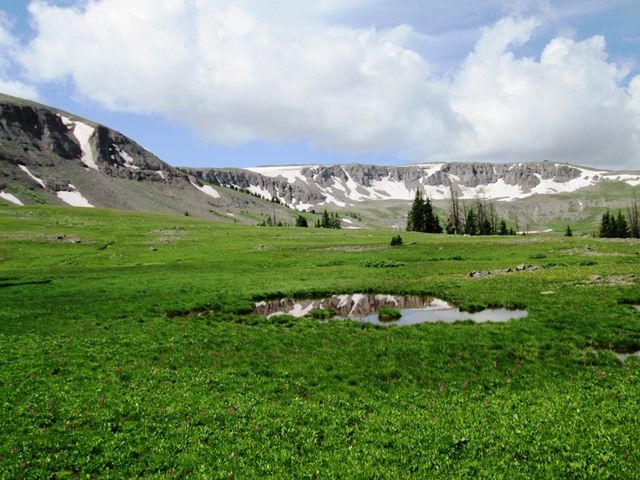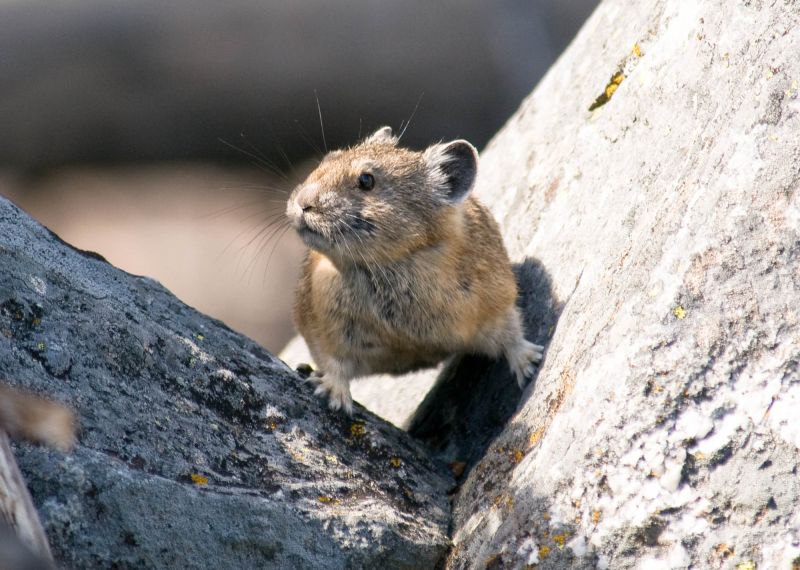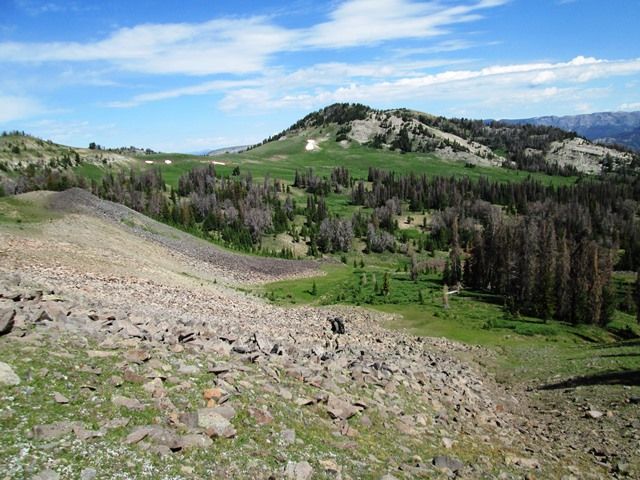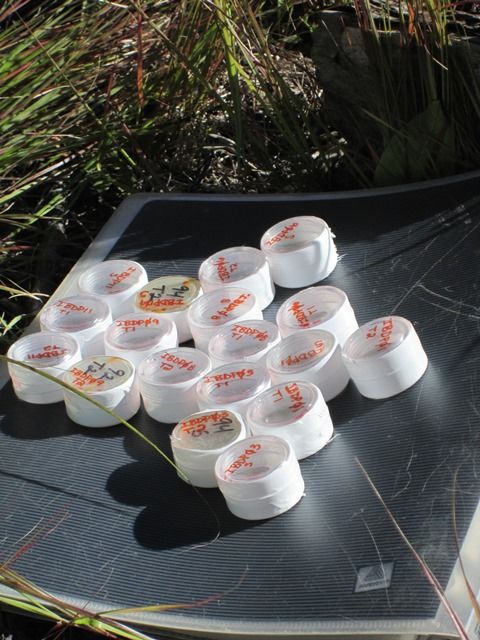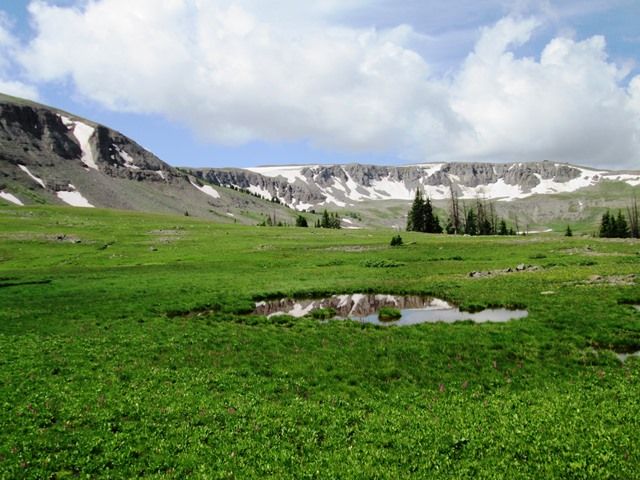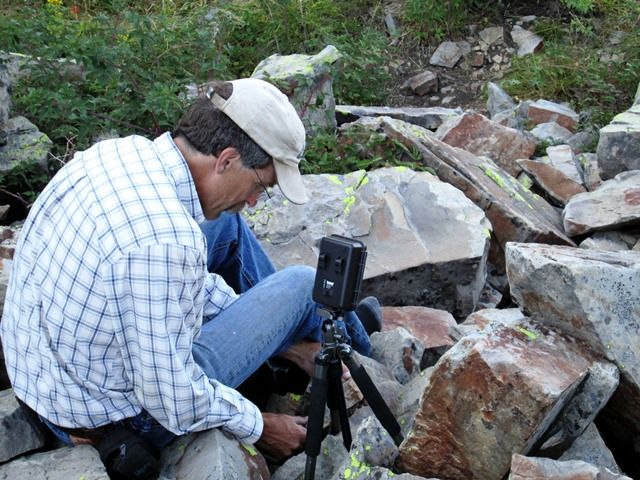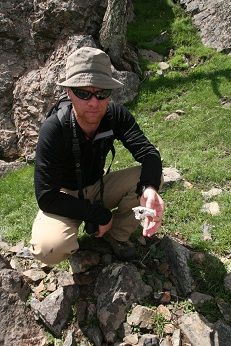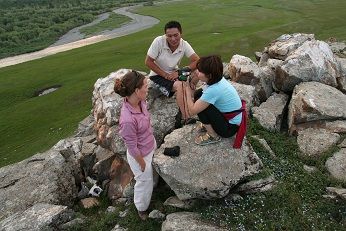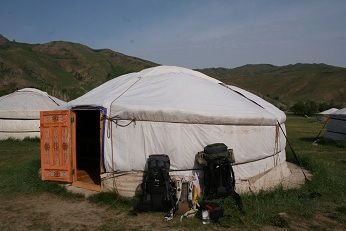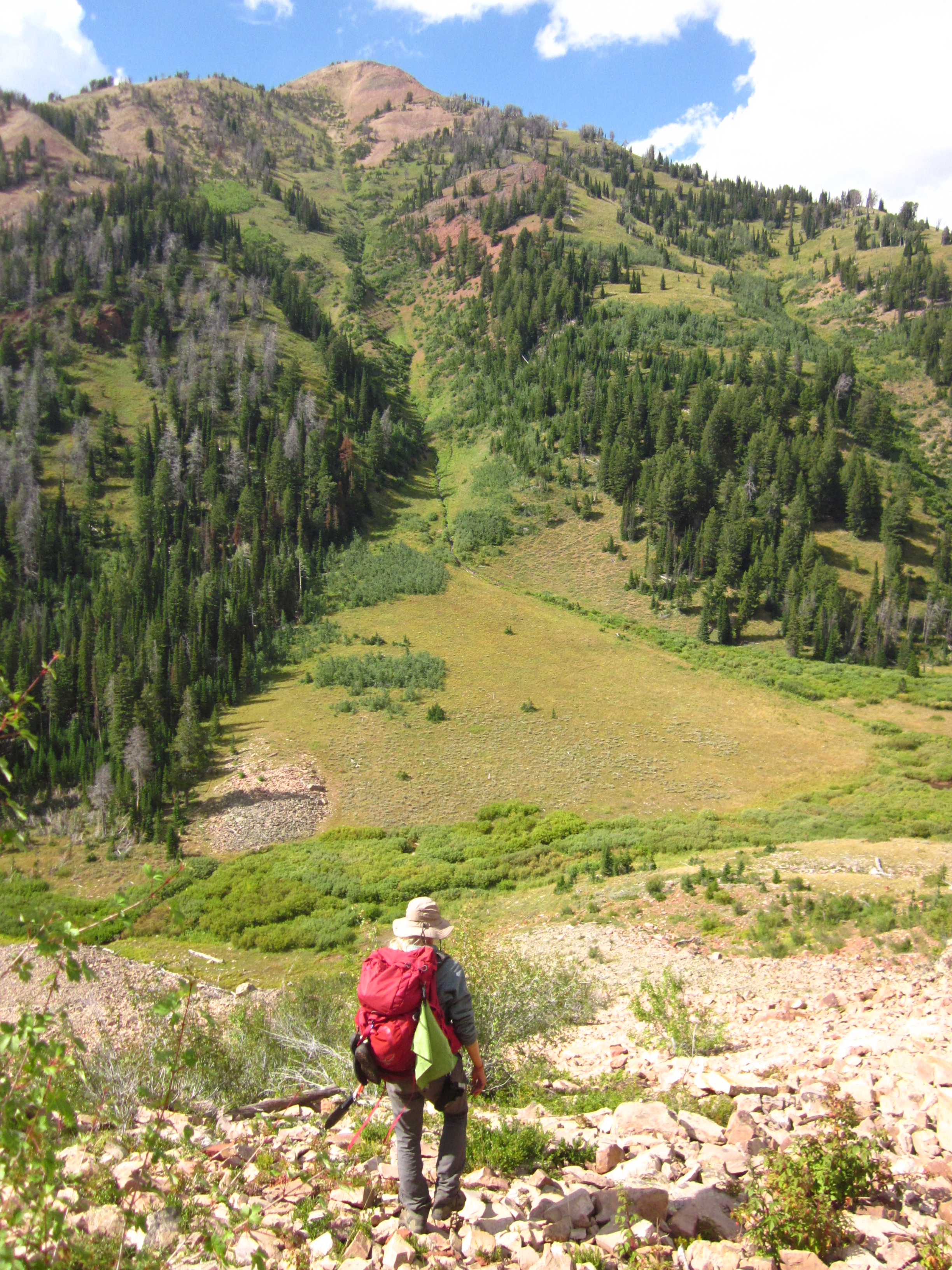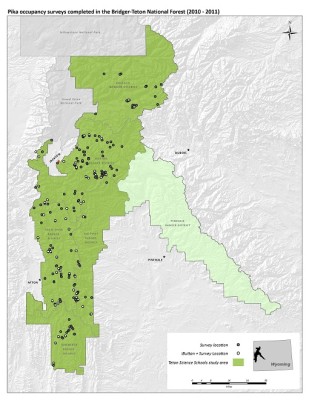 Rapid climate change is one of the defining conservation issues of the 21st century. The effects of changing conditions are seen in most of the biomes on earth and influence all levels of ecological hierarchy – from individual species behavior to entire ecosystem processes. Continued warming is predicted for the remainder of the 21st century and likely beyond. Consequently, species across the globe will be exposed to conditions that are different from those that shaped their evolutionary histories. This means that many species are likely ill-prepared for future dynamics.
Rapid climate change is one of the defining conservation issues of the 21st century. The effects of changing conditions are seen in most of the biomes on earth and influence all levels of ecological hierarchy – from individual species behavior to entire ecosystem processes. Continued warming is predicted for the remainder of the 21st century and likely beyond. Consequently, species across the globe will be exposed to conditions that are different from those that shaped their evolutionary histories. This means that many species are likely ill-prepared for future dynamics.
Phenotypic plasticity, the ability of an organism to respond to its environment with a change in form, behavior or movement, may provide species with a mechanism to keep pace with changing conditions. In fact, phenotypic plasticity often can accommodate rapid change better than adaptive evolutionary responses. Despite increased research on the rate at which species can adjust to climate change, the degree to which behavioral plasticity allows species to buffer climate variability remains unclear. Behavioral plasticity refers to an organism’s ability to vary behavior in response to environmental changes. My research examines whether behavioral plasticity may allow climate-sensitive wildlife to persist in changing conditions. I use the American pika (Ochotona princeps) as a model organism. Pikas are an ideal study species because they are sensitive to surface temperatures and are one of the only vertebrates active year-round in montane systems, where some of the most extreme climate changes are occurring.
Results from my research provided the first quantitative assessment of the role that behavioral plasticity plays in the persistence of a climate-sensitive mammal. As changing conditions continue to manifest, our way forward will be improved by anticipating how climate change affects ecological systems and how to promote resilience among the most threatened species.
RESEARCH OBJECTIVES
1. Evaluate pika habitat associations across a range of elevation, vegetation and climate conditions. Quantify the relationship between microclimatic refuges and pika occurrence.
2. Determine the degree to which individuals modulate foraging behaviors to proximately buffer climate variability. Evaluate the tradeoffs and performance outcomes of different foraging strategies.
3. Quantify the effects of thermoregulatory risk on forage choice.
Gallery
Reports & Publications
Jakopak, R*., E. Hall and A. Chalfoun. Understanding overwinter food cache architecture in a montane mammal. In press. Journal of Mammalogy
Beever, E., E. Hall, J. Varner, A. Loosen, J. Dunham, M. Gahl, F. Smith and J. Lawler. 2017. Behavior as a mechanism for coping with climate change. Frontiers in Ecology and the Environment . DOI:10.1002/fee.1502
Hall, L. Embere, A. Chalfoun, E. Beever and A. Loosen. 2016. Microrefuges and the occurrence of thermal specialists: Implications for wildlife persistence amidst changing temperatures. Climate Change Responses. DOI: 10.1186/s40665-016-0021-4
Hall, L. Embere and A. Chalfoun. What to eat in a warming world: Do increased temperatures necessitate hazardous duty pay? In revision. Oecologia.
Hall, L. Embere and A. Chalfoun. Behavioral plasticity modulates temperature-related constraints on foraging time for a montane mammal. In review. Journal of Animal Ecology
Hall, L. Embere. 2017. Behavioral plasticity and resilience of a montane mammal in a changing climate. Dissertation. University of Wyoming, Laramie, WY, USA. Hall.Dissertation
Wyoming Game & Fish Dept (Contributing author). 2017. American pika (Ochotona princeps). In State Wildlife Action Plan. Wyoming Game & Fish Dept., Cheyenne, WY, USA
Wyoming Game & Fish Dept (Contributing author). 2017. Mountain grasslands and alpine tundra. In State Wildlife Action Plan. Wyoming Game & Fish Dept., Cheyenne, WY, USA
Contact
Embere Hall, Ph.D.
Research Scientist (postdoctoral)
Wyoming Cooperative Fish & Wildlife Research Unit
Dept. 3166, 1000 E. University Avenue
Laramie, WY 82071
emberehallATgmail.com
Project Lead
Timeline
The genesis of this work was in 2009 when I started researching pika occurrence in collaboration with the US Forest Service, the Wyoming Game and Fish Department and Teton Science Schools. The data I collected through that initiative provide the foundation for research objective 1. In August of 2012 I began taking classes at the University of Wyoming and working with Dr. Chalfoun to design my dissertation work. During the summer of 2013, I completed a pilot field season to begin quantifying pika behavioral plasticity (research objectives 2 and 3). In the following 2 field seasons (2014 and 2015), I collected data to address these objectives. In March of 2017 I completed my dissertation and successfully defended.
Funding & Partners
FUNDERS
Wyoming Game & Fish Department
US Geological Survey
University of Wyoming – Office of Research
Natural Resource Conservation Service
Meg & Bert Raynes Wildlife Fund
Wyoming Governor’s Big Game License Coalition
U.S. Forest Service – Bridger-Teton National Forest
Wyoming Wildlife – The Foundation
1% for the Tetons
Private Funders
ADDITIONAL COLLABORATORS
Teton Science Schools
Jackson Hole Wildlife Foundation



